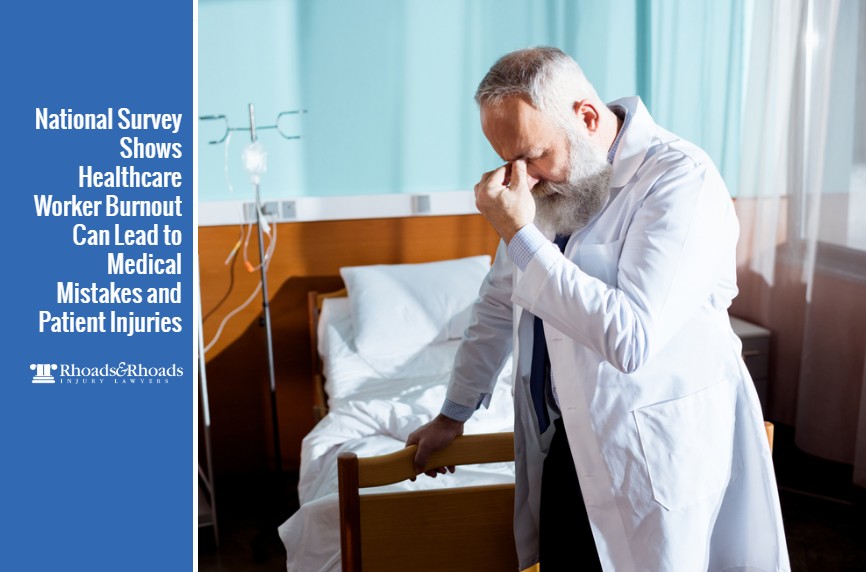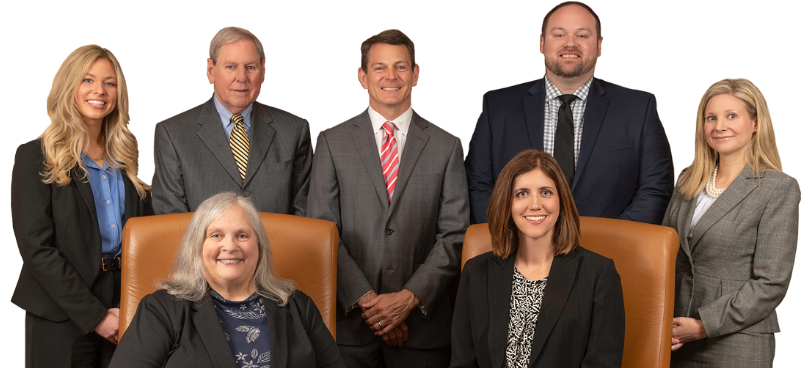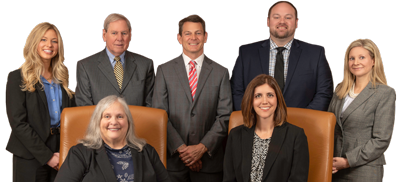
Key Points of This Article
- An October 2019 report shows about one-third to one-half of nurses and doctors in the US are suffering from record-breaking burnout.
- Medical worker burnout is a top contributor to medical errors due to a stressed physical, mental, and emotional state caused by chronic overwork.
- Patient satisfaction, patient outcomes, patient safety, and patient mortality can all be severely impacted by medical worker burnout.
- According to a study by Johns Hopkins University, medical errors and malpractice are now the third-leading cause of death in America.
National Survey Shows Healthcare Worker Burnout Can Lead to Medical Mistakes and Patient Injuries
An October 2019 Consensus Study Report briefing says that physician burnout has reached an all-time high, with 79% of primary care doctors reporting suffering from workplace-related stress. Likewise, nurses are burning out faster due to an imbalance in medical staff-to-patient ratios. The 321-page research report authored by the National Academy of Medicine (NAM) concluded that healthcare worker burnout could ultimately affect the quality of patient care and cause a system to breach its standard of care.
Breaches in the standard of care can stem from highly regrettable actions such as:
- administrators choosing to reduce staffing and maximize worker loads
- hospitals failing to hire and train skilled medical workers
- negligence in following medical device and technology guidelines
- ignorance for Kentucky healthcare provider regulations
- a rise in unethical and neglectful surgical procedures
- more doctors who practice non-standard methods of medicine
- nurses who do not have the time to address all patient needs
Ultimately, a breach in care leads to more medical mistakes and error-related injuries to patients caused by medication underdose or overdose, errors related to anesthesia, hospital-acquired infections, missed or delayed diagnosis, delays in treatment, inadequate monitoring after a procedure, surgical mistakes, failure to act on test results, failure to take proper precautions, and technical medical errors.
Nurse Burnout Is Becoming A Major Patient Safety Concern
Nurses are the patient safety and quality backbone of most major healthcare systems. They are also one group of medical care professionals facing burnout and work-related suicide in alarming rates. These trained and licensed caretakers are profoundly experiencing stressors caused by excessive patient responsibilities, short-staffed departments, longer working hours, physical labor, observance of human suffering, technology use and a rise in health care costs.
Using data published in a National Nursing Engagement Report released in April 2019 by a leading healthcare market research and consulting company:
- Emergency room nurses are at a higher risk for burnout.
- 50% of nurses who reported feeling exhaustion in their current position also reported no immediate plans to leave their organization.
- 56% felt that their employer was slightly ineffective or highly ineffective at helping staff address burnout.
Nurses working in high-stress areas such as critical care, oncology, pediatrics, and emergency room report the highest levels of nurse burnout and 25% of nurses in high-intensity work environments such as the ER and ICU left staff positions due to nurse burnout.
Administrators in health care organizations have a responsibility to take an active role in creating environments which can reduce healthcare worker burnout.
Understanding Kentucky Medical Malpractice Law
The medical malpractice laws in Kentucky can be confusing to navigate especially for those in a fragile state or recovering from an injury. To present a case, the injured person must have the burden of proof to supply these four elements to display negligence on the part of their provider.
- Duty of Care: Possesses the knowledge, skills, and the ability to apply said knowledge and skills to be a health care practitioner.
- Breach of Duty: Show proof that the medical practitioner didn’t perform duties that another reasonably capable and competent practitioner would have acted on.
- Injury: Showing evidence of harm caused by the medical practitioner that has caused the plaintiff to lose income, impair their ability to labor or earn money, and incur medical expenses.
- Proximate Cause: Determination of proximate cause is factual, not legal depending on whether or not the evidence proves that the results (injury or assault) were reasonably foreseeable.
In the vast majority of medical malpractice cases, Kentucky law will require expert testimony to show that the health care provider did not follow or uphold the appropriate standards of medical care. The statute of limitations is another rule to consider. Under Kentucky law, a plaintiff generally must file a medical malpractice claim within one year of discovering the negligence or when the plaintiff knew (or should have known) of the mistake.
Recent Trends in Medical Malpractice
Data from 2009 to 2018 collected by the National Practitioner Data Bank, a database of all medical malpractice reports and payments in the US, concludes these alarming facts.
- The average payout for a medical malpractice lawsuit in the past ten years was $309,908
- Surgical error deaths are the third-leading cause of death in the United States.
- When it comes to preventing deaths from medical errors, out of 195 countries in the world, the US ranks below the top 50.
- Physicians are the highest practitioners to be sued for medical malpractice with over 85,000 reports between 2009-2018.
- 2015 had the highest amount of medical malpractice payouts in the past ten years, with a total of $4.01 billion in damages collectively awarded to victims.
Medical malpractice cases can be extremely complicated, but that should never discourage your desire to hold a provider accountable for failing to perform the proper duty of care or to call out a health system which is not mitigating the healthcare worker burnout that created the negligent work environment. The attorneys at Rhoads & Rhoads understand all of this and will examine every unique factors related to your injury claim to ensure rightful compensation.
Owensboro and Madisonville Medical Malpractice Lawyers
With offices in Owensboro and Madisonville, Rhoads & Rhoads represents medical malpractice victims throughout Western Kentucky. We offer free initial consultations, and all cases are taken on a contingency fee basis. We get paid once we win or settle your case, so there is NO RISK involved.
Call us at 888-709-9329, or contact us by e-mail to schedule an appointment with one of our Madisonville or Owensboro medical malpractice attorneys.
Also read: Your Surgical Burn Could Have Been Prevented


